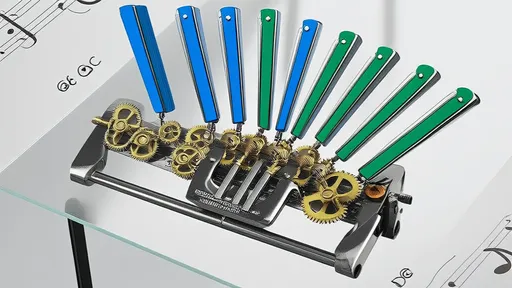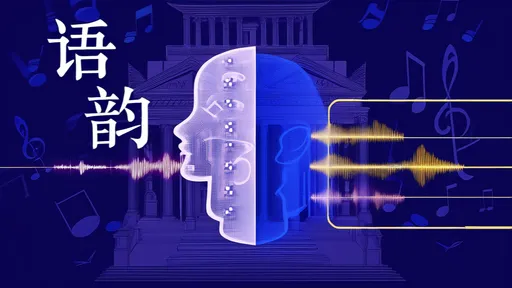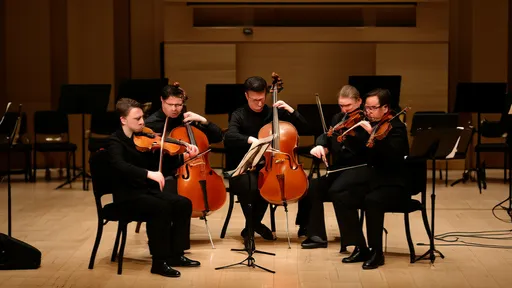The concept of motivational fission has emerged as a groundbreaking approach in behavioral and organizational psychology, reshaping how we understand human drive and productivity. Unlike traditional models that treat motivation as a static or linear process, this framework explores how core motivational elements can split, multiply, and recombine to create dynamic energy streams. Researchers now argue that motivation isn’t merely depleted or replenished—it transforms, branching into new forms that sustain long-term engagement.
At its core, motivational fission challenges the scarcity mindset surrounding willpower. Early theories like ego depletion suggested that self-control was a finite resource. However, studies on fission dynamics reveal that when intrinsic and extrinsic motivations interact under specific conditions, they generate secondary motivations—akin to nuclear chain reactions. For instance, an employee initially driven by bonuses (extrinsic) may develop genuine curiosity about a project (intrinsic), creating a self-sustaining cycle. This phenomenon explains why some individuals maintain high performance despite stressors that would typically drain motivation.
The neurobiological underpinnings of this process are equally fascinating. Dopamine, often labeled the "reward chemical," appears to play a dual role in motivational fission. Not only does it reinforce goal-directed behavior, but it also helps "tag" sub-goals as independently rewarding. Brain imaging shows that when a primary goal splits into sub-tasks, the nucleus accumbens activates distinct neural pathways for each derivative motivation. This biological parallel to fission suggests our brains are wired to exploit motivational multiplication.
Organizations leveraging this technology report staggering results. A 2023 case study from a Fortune 500 tech firm revealed that teams trained in fission-based goal setting achieved 42% higher project completion rates compared to control groups. The key differentiator was designing tasks to trigger natural fission points—for example, breaking down a software development sprint into modular components that could each generate autonomous motivational value. Employees didn’t just work harder; they developed cascading interests in tangential skills like UI design or database architecture.
Critically, motivational fission isn’t about artificial gamification. Where gamification imposes external reward structures, fission cultivates organic motivation ecosystems. Educational institutions applying this principle have moved beyond sticker charts for reading assignments. Instead, they guide students to discover personal connections between literature and their social concerns—sparking self-propelling inquiry chains. One high school reported a 67% decline in assignment procrastination after restructuring curricula to encourage these authentic splits.
The dark side of this technology warrants equal attention. Like nuclear energy, motivational fission can spiral out of control if improperly managed. Cases of "motivational overload" occur when individuals generate more motivational branches than their cognitive resources can sustain. A 2022 study in the Journal of Behavioral Neuroscience documented subjects developing decision paralysis when their primary goal split into over 14 competing sub-motivations. This highlights the need for fission moderation frameworks, particularly in high-stakes environments like emergency medicine or financial trading.
Future applications could revolutionize mental health interventions. Clinicians are prototyping "motivational pruning" techniques to help depression patients reignite dormant drive systems. By identifying and nurturing even minor motivation splits—say, a fleeting interest in gardening during therapy—practitioners can cultivate upward spirals. Early trials show promise, with participants demonstrating more sustainable recovery trajectories compared to standard behavioral activation therapies.
Ethical debates are intensifying as corporations and governments recognize fission’s potential for mass behavior influence. While productivity gains are undeniable, the same principles could theoretically engineer societal motivation at scale. Regulatory bodies are scrambling to establish boundaries—should there be limits on how organizations "split" employee motivations? Can individuals claim ownership over derivative motivations generated during employment? These questions will define the next decade of workplace psychology.
What remains undisputed is motivational fission’s demolition of monolithic drive theories. The human psyche doesn’t operate on singular fuel sources but rather thrives on controlled motivational chain reactions. As research progresses, we may discover that the healthiest minds aren’t those with the strongest initial motivations, but those most skilled at orchestrating their fission.

By /Jul 25, 2025

By /Jul 25, 2025

By /Jul 25, 2025

By /Jul 25, 2025

By /Jul 25, 2025

By /Jul 25, 2025

By /Jul 25, 2025

By /Jul 25, 2025

By /Jul 25, 2025

By /Jul 25, 2025

By /Jul 25, 2025

By /Jul 25, 2025

By /Jul 25, 2025

By /Jul 25, 2025

By /Jul 25, 2025

By /Jul 25, 2025

By /Jul 25, 2025

By /Jul 25, 2025

By /Jul 25, 2025

By /Jul 25, 2025